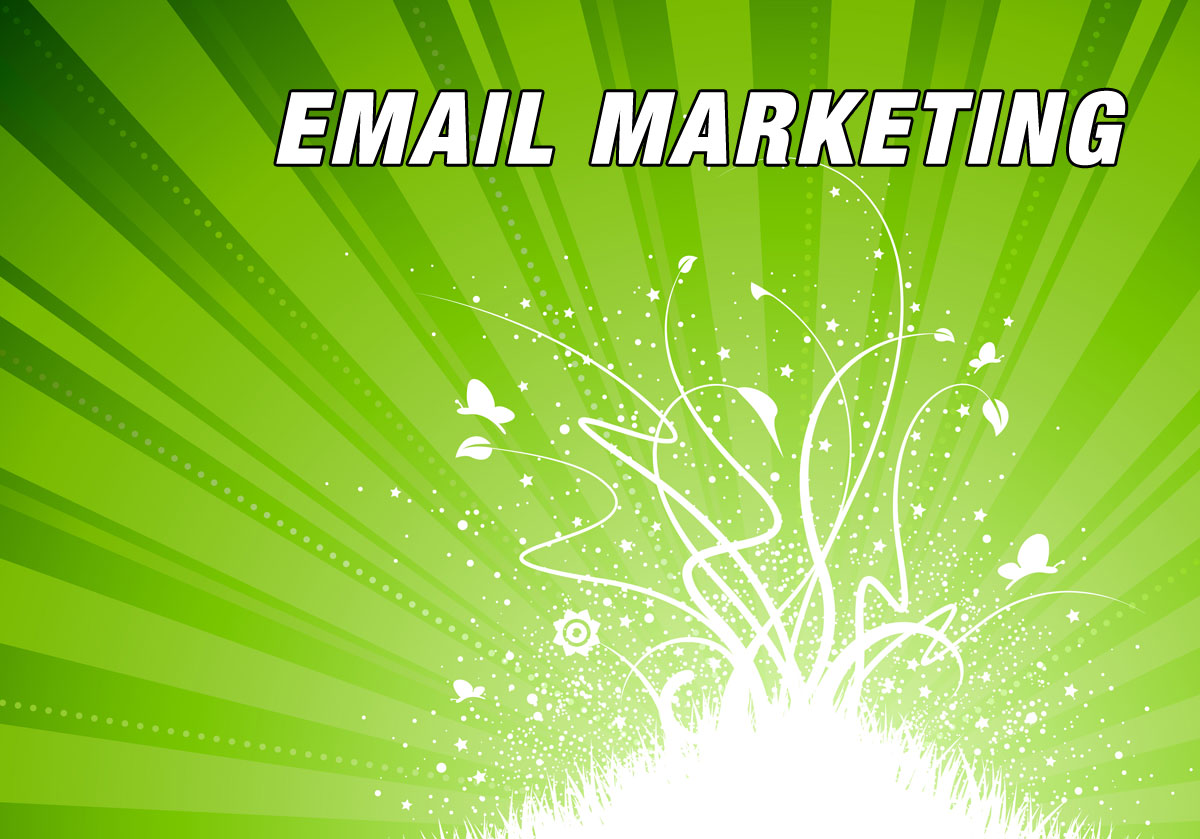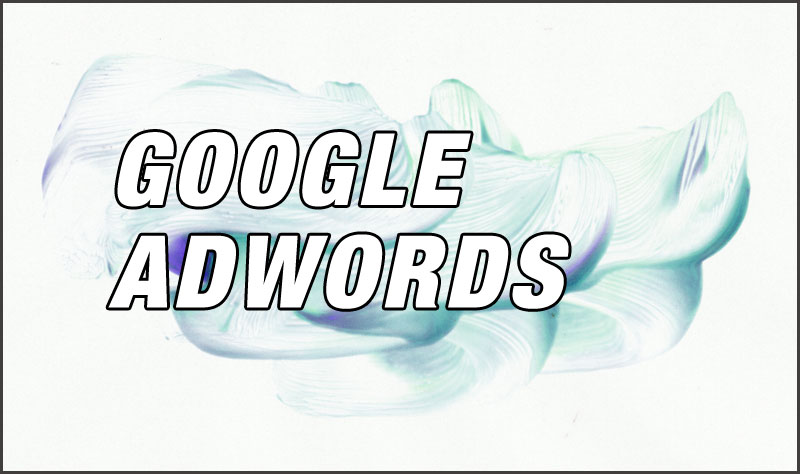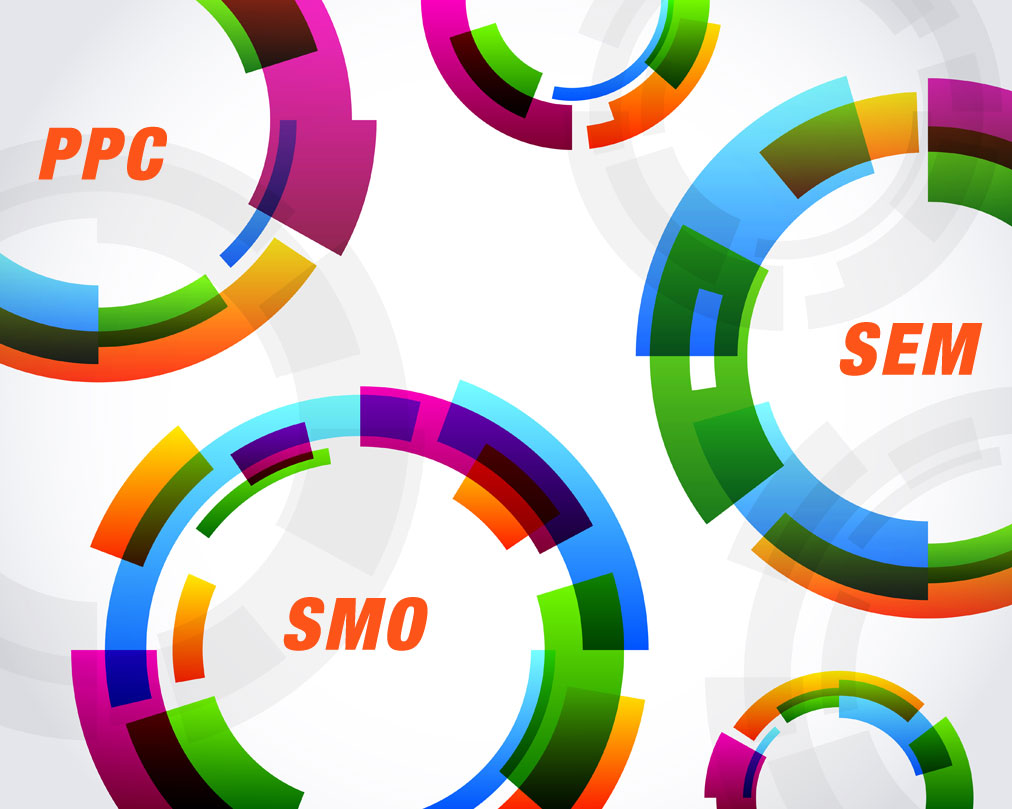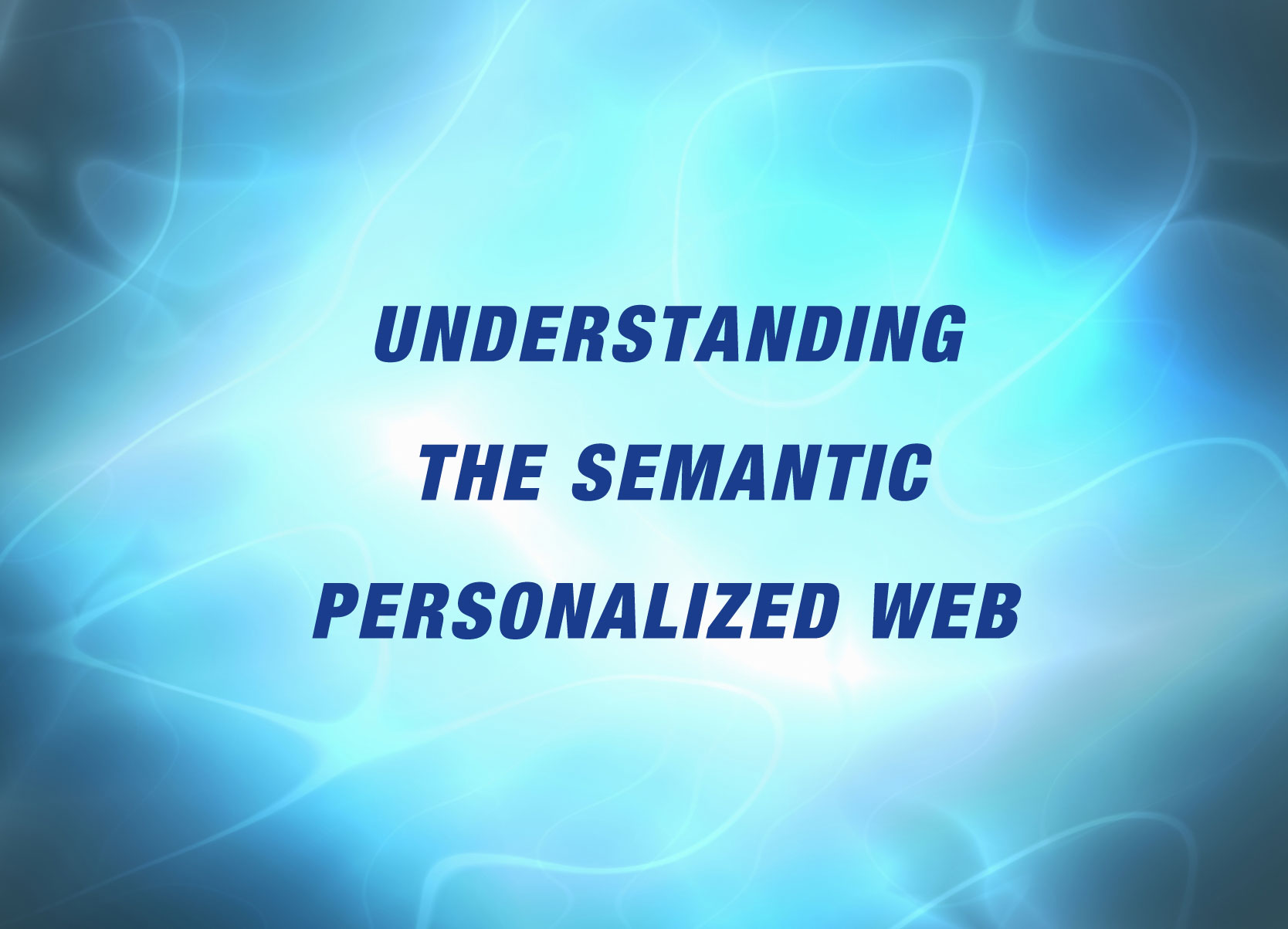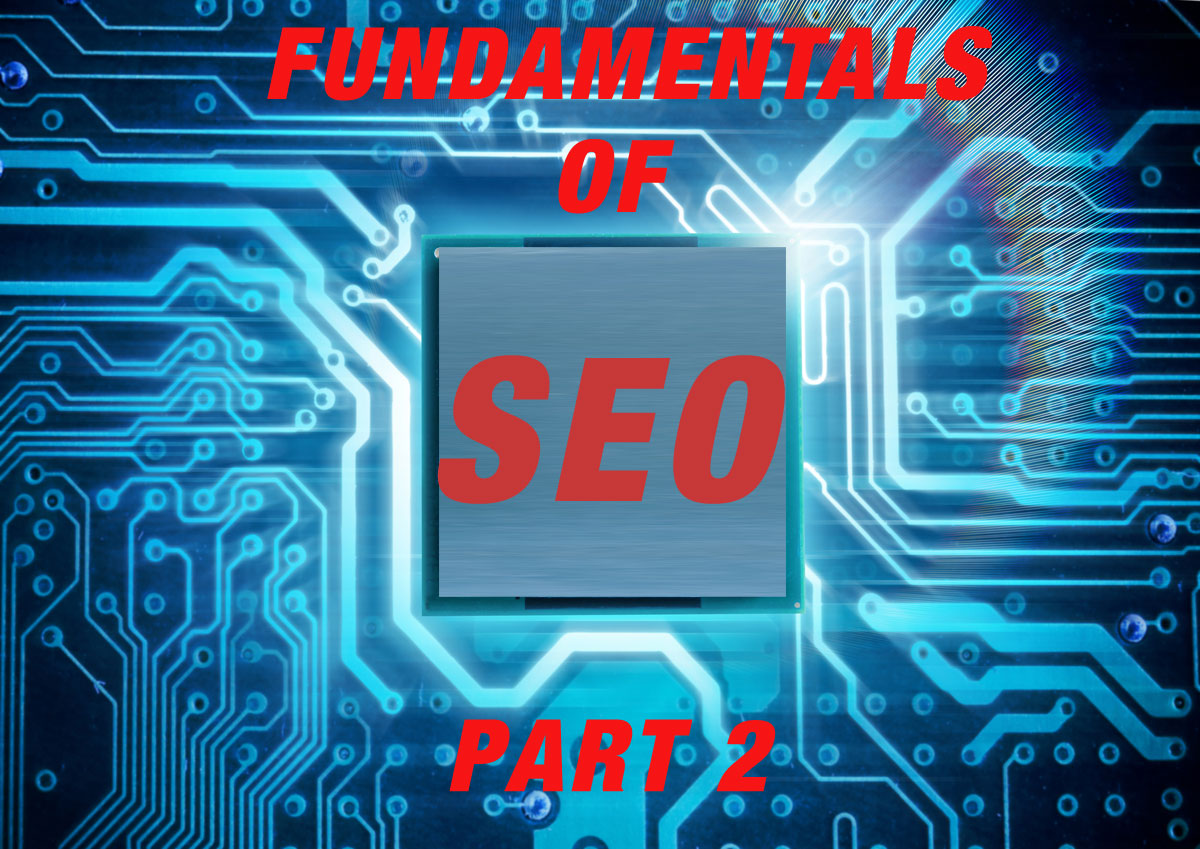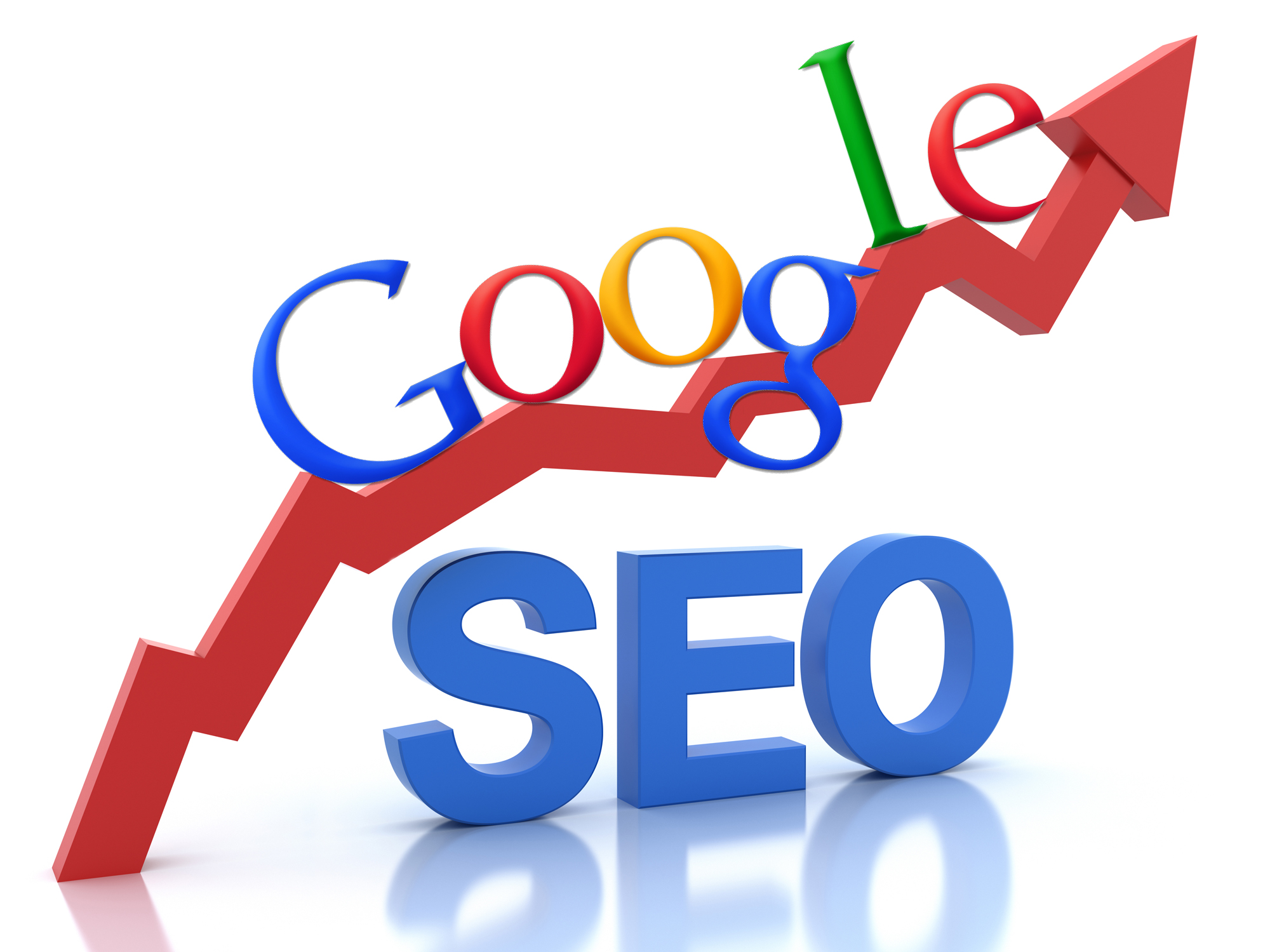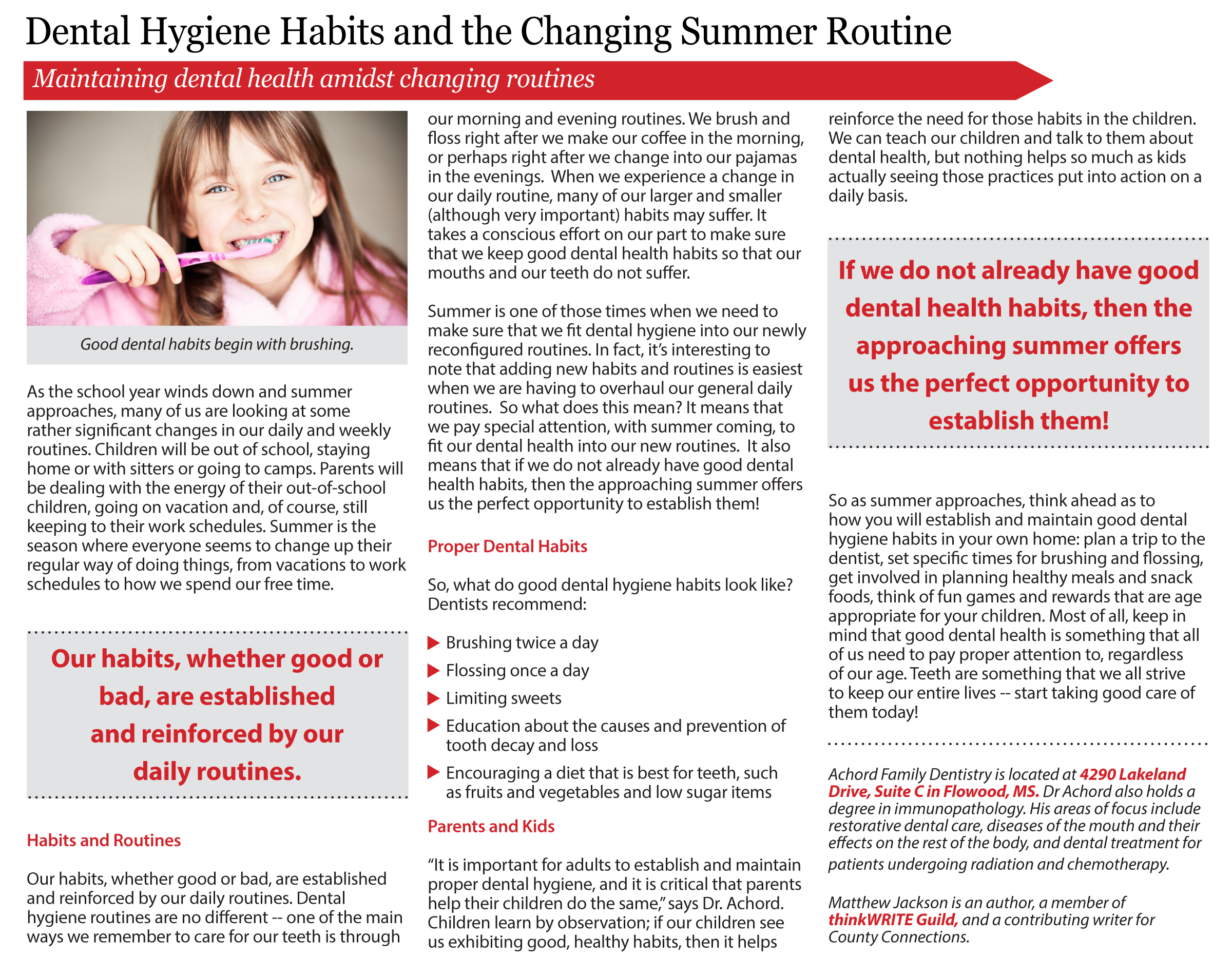Our current ‘blog series’ has been about online advertising and marketing. So far we’ve done a brief survey of different forms of online advertising, and then we narrowed the field to look at pay per click (PPC) advertising generally, and Google AdWords specifically. These are only a few of the approaches a business can take to online marketing, and today we’ll take a look at another widely used and very effective form of online advertising – Email Marketing.
Email Marketing has been around for a long time, and it is a proven and efficient way to market products and services to potential consumers online. With the web moving toward a more personal, semantic experience, companies are also looking for ways to advertise more personally to individual consumers. Email marketing is personal because it arrives in someone’s private email inbox, addressed to them and containing information which is (hopefully) relevant to their life.
High Return on Investment (ROI)
From a practical business perspective, Email Marketing also has incredible return on investment (ROI), averaging more than double the amount actually spent. Of a group surveyed by Marketing Sherpa, the overall reported ROI from Email Marketing was an astonishing 119%. Organizations which sent fewer than 100,000 emails a month reported even higher ROI, 139%.
For a little better idea of the value and influence of Email Marketing, in this article from Marketing Land, they do a little bit of marketing comparison – only organic search accounts for more customers than Email Marketing; customer acquisitions from Email Marketing are dramatically higher than Facebook and Twitter combined (6.84% vs <1% combined); email is also more likely to be shared with friends, accounting for 50.8% of new visitors referred to companies by their friends.
Key to Successful Email Marketing
The key things to remember in Email Marketing is 1) keep your content valuable to your potential clients, and 2) don’t overwhelm your consumer base. Provide people with valuable content in your emails, content that helps establish you as their expert, or their “go to” place – this kind of content helps cement the relationship between your brand and your client. Just be sure not to go overboard, constantly filling up people’s inboxes with meaningless emails. Let this proven form of Marketing work for you and your company, and you’ll be happy that you did.
In upcoming posts, look for overviews of additional forms of online marketing. Diversifying your marketing approach by incorporating some of these various forms of advertising will pay big dividends in the end, if done correctly.


